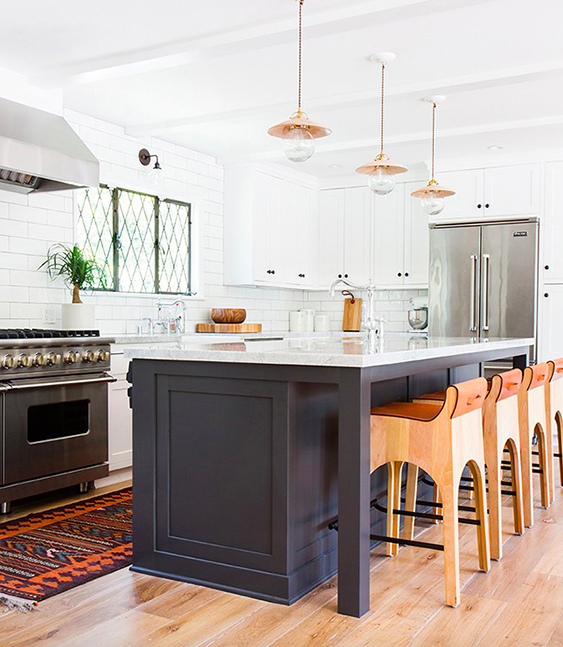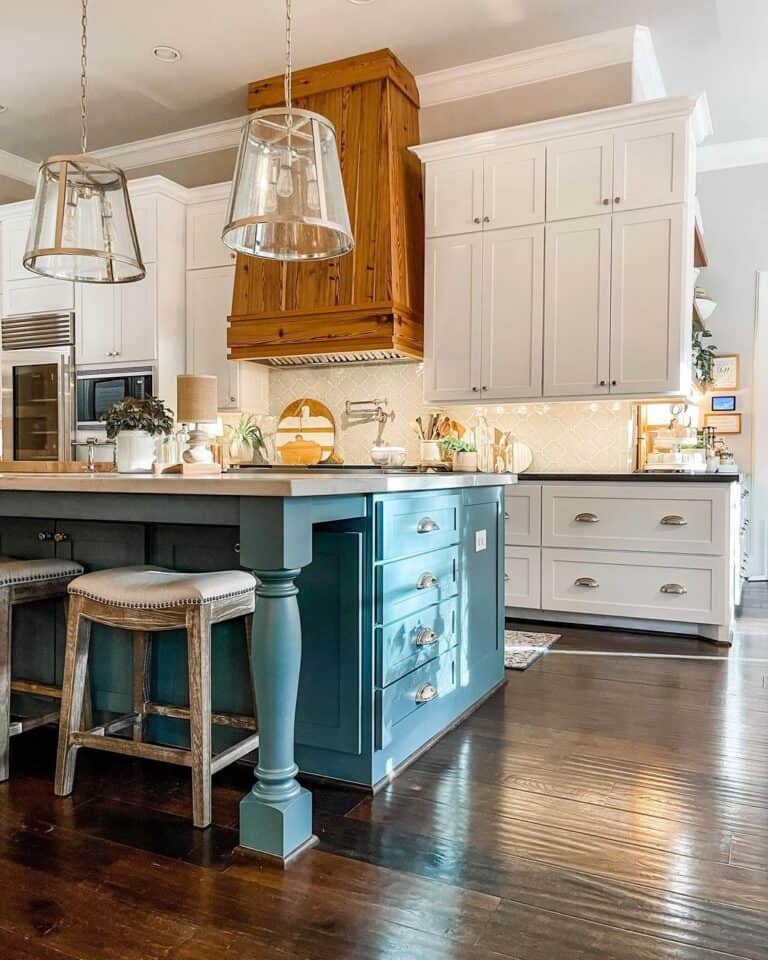High-Quality Kitchen Island Legs for a Sturdy Island Base
High-Quality Kitchen Island Legs for a Sturdy Island Base
Blog Article
Necessary Tips for Choosing the Perfect Eating Table for Your Kitchen Area
Choosing the ideal table for your kitchen is greater than simply an issue of taste; it requires a thorough understanding of your room and demands. Begin by gauging your available space to make sure ample clearance for activity. The shape of the table plays a critical function; while rectangular tables match bigger locations, rounded ones foster intimacy, and extendable options supply adaptability. Material option is just as important, with woods offering toughness and glass loaning a contemporary touch. The table should balance with your cooking area's looks and suit your household conveniently. What various other elements might affect this essential decision?
Procedure Your Room
Selecting the optimal dining table begins with a careful evaluation of your offered area. This fundamental action guarantees that the table not only fits conveniently within the room yet also complements the general design and capability of your dining location. Begin by measuring the measurements of the area, taking into consideration entrances, windows, and any kind of existing furnishings. This will certainly help you figure out the optimum allowable dimension for your table.
It is vital to leave ample space for chairs to be drawn out and for individuals to move around the table without obstruction. A basic guideline of thumb is to permit at the very least 36 inches of clearance from the side of the table to the closest wall or item of furniture.
Additionally, consider the variety of people you generally entertain and whether you need added area for visitors. Going with an extendable table can give flexibility, allowing you to fit varying numbers of restaurants. By accurately gauging your room, you prepared for selecting an eating table that boosts both the aesthetic appeals and capability of your dining location.
Select the Right Forming

On the other hand, round tables are superb for smaller cooking areas or intimate celebrations, as they advertise discussion by allowing everybody to encounter each other. They likewise provide a sense of comfort and can fit well in tighter rooms due to their lack of sharp edges. Oval tables use the finest of both worlds, incorporating the size of rectangle-shaped tables with the affection of rounded ones, making them flexible for various settings.
Square tables are an additional alternative, specifically matched for square-shaped areas. They develop a modern and balanced look, cultivating an equivalent dining experience for all seated. They may be less useful for larger events unless they come with extensions. Eventually, the shape you choose ought to line up with your area measurements and way of living to make sure both kind and function.
Product Considerations
When picking a dining table, product factors to consider are vital in determining the table's resilience, upkeep demands, and general aesthetic. Wood is a timeless selection, using ageless appeal and robustness. Woods like mahogany, oak, and walnut are specifically sturdy, though they can be expensive. kitchen island legs. Softwoods, such as want, are a lot more budget friendly yet may be susceptible to scratches and dents.
Glass-topped tables offer a modern-day, smooth appearance and can make a space show up larger due to their openness. However, they call for frequent cleansing to stop spots and finger prints. Furthermore, tempered glass is advised for its extra strength and security.

Finally, composite materials like MDF (Medium-Density Fiberboard) or plywood are economical options. These materials can mimic the look of strong timber however might not provide the same long life. They are normally less complicated to tidy however can be prone to water damages if not properly secured.
Inevitably, the selection of product ought to straighten with your cooking area's style, your way of life needs, and your budget plan constraints. (kitchen island legs)
Seats Capacity and Comfort
Just how do you identify the appropriate seating capability and convenience for your eating table? For a family members of four, a rectangle-shaped table of 48 inches long or a round table with a 48-inch size is typically adequate.
Comfort is equally vital. The height of the table ought to preferably be around 30 inches, giving a balanced ergonomic stance for seated diners. Chairs should sit elevation of 18 to 20 inches to ensure a comfortable eating stance. Additionally, think about the chair design; supportive backrests and upholstered seats can improve dining comfort significantly, particularly during extended dishes.
Design and Visual Appeal
Choosing an eating table that matches your design and visual appeal involves balancing personal taste with the existing design of more your dining area. The table is usually the centerpiece of the kitchen area, and its layout must enhance the total motif of the area. Whether your kitchen area flaunts a contemporary, minimalist look or a rustic, farmhouse charm, click this site the table you pick must integrate with these components to develop a natural and inviting atmosphere.
Think about materials meticulously; wood provides a timeless allure and can vary from rich mahogany for a traditional appearance to lighter oak for a modern feel. Steel and glass tables, on the other hand, can present a smooth, commercial edge to your cooking area. Do not overlook the table's form-- rectangular tables are timeless and flexible, while round and oblong options can cultivate a much more intimate eating experience.
Furthermore, pay attention to information and surfaces. A troubled surface might include character and heat, whereas a glossy surface can contribute to a clean, modern aesthetic. Inevitably, your eating table ought to not just fit flawlessly into your cooking area's design yet likewise mirror your personal design, elevating the area both functionally and aesthetically.
Conclusion
Finally, choosing the optimal table for a kitchen area necessitates cautious evaluation of room, shape, product, seating capacity, and aesthetic harmony. Ensuring a minimum clearance of 36 inches promotes comfortable activity, while the selection of shape enhances spatial dynamics. Product option impacts resilience and layout, making it crucial to align with the kitchen area's general visual. Inevitably, a well-chosen eating table cultivates a welcoming atmosphere and accommodates the home easily, hence improving the eating experience.

When choosing an additional info eating table, material considerations are paramount in determining the table's sturdiness, maintenance demands, and general aesthetic. For a family members of four, a rectangular table of 48 inches long or a round table with a 48-inch size is typically sufficient.
Do not neglect the table's form-- rectangular tables are functional and traditional, while round and oblong choices can cultivate a much more intimate dining experience. kitchen island legs.
Report this page